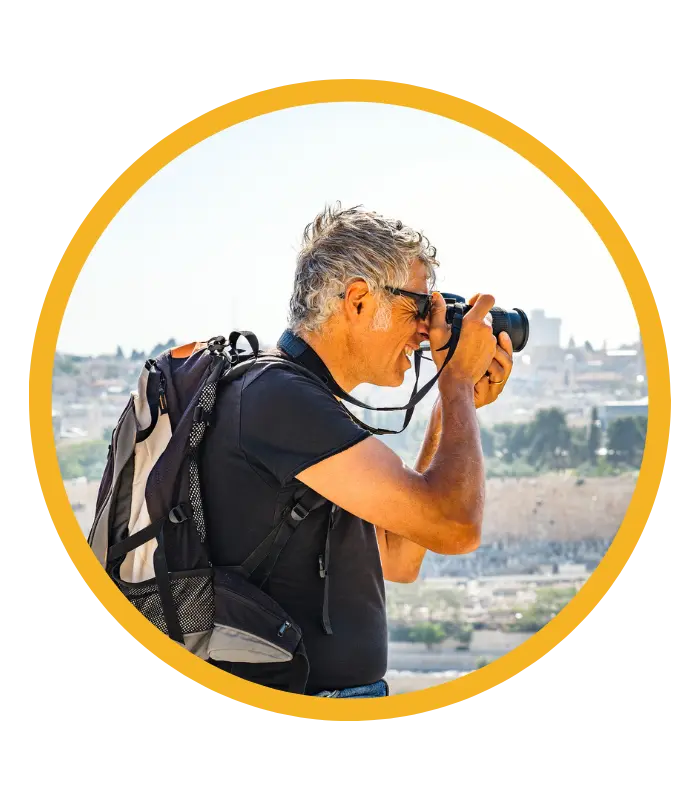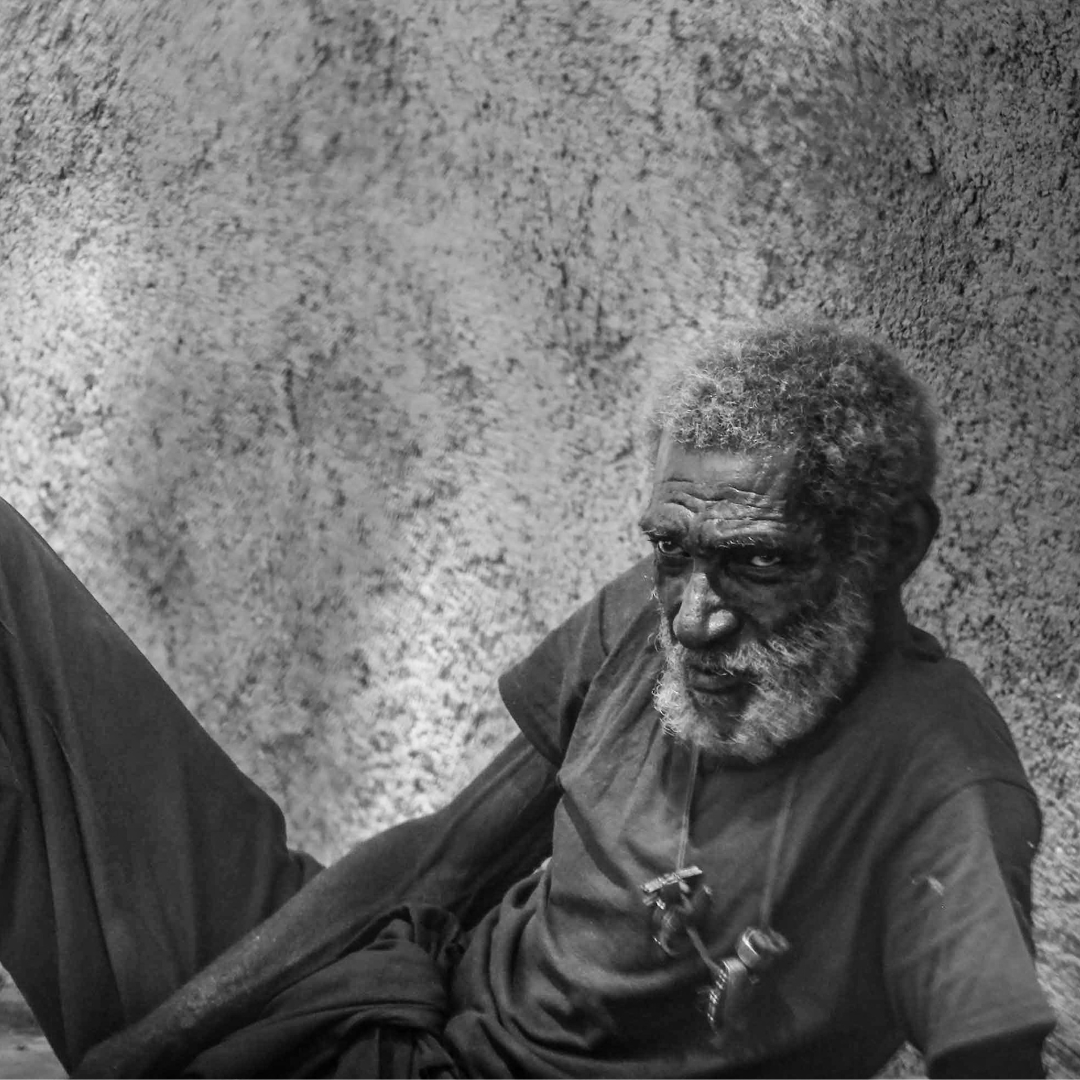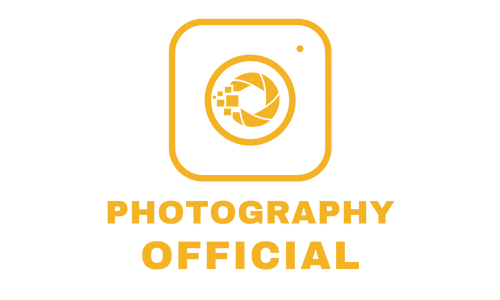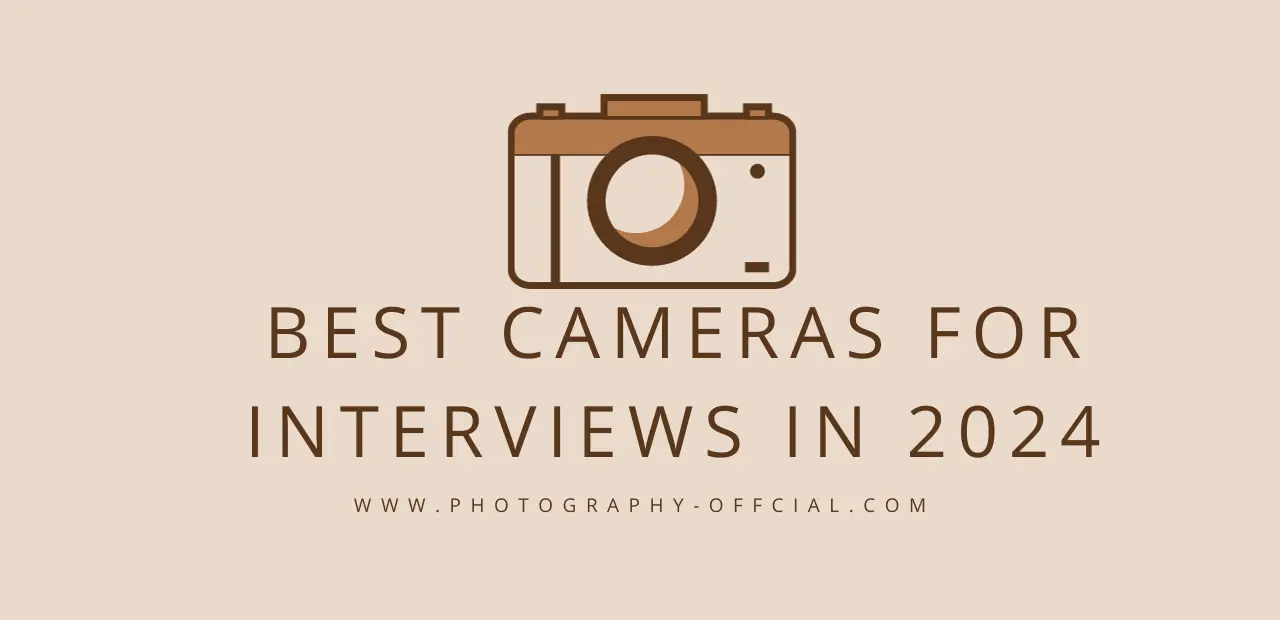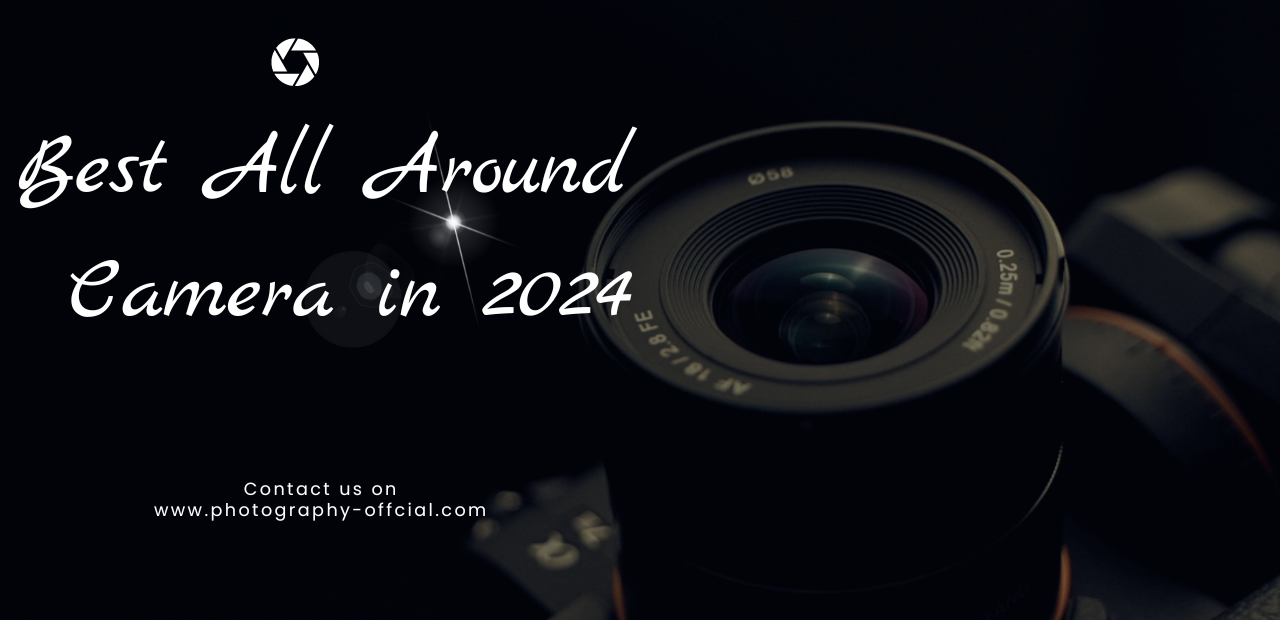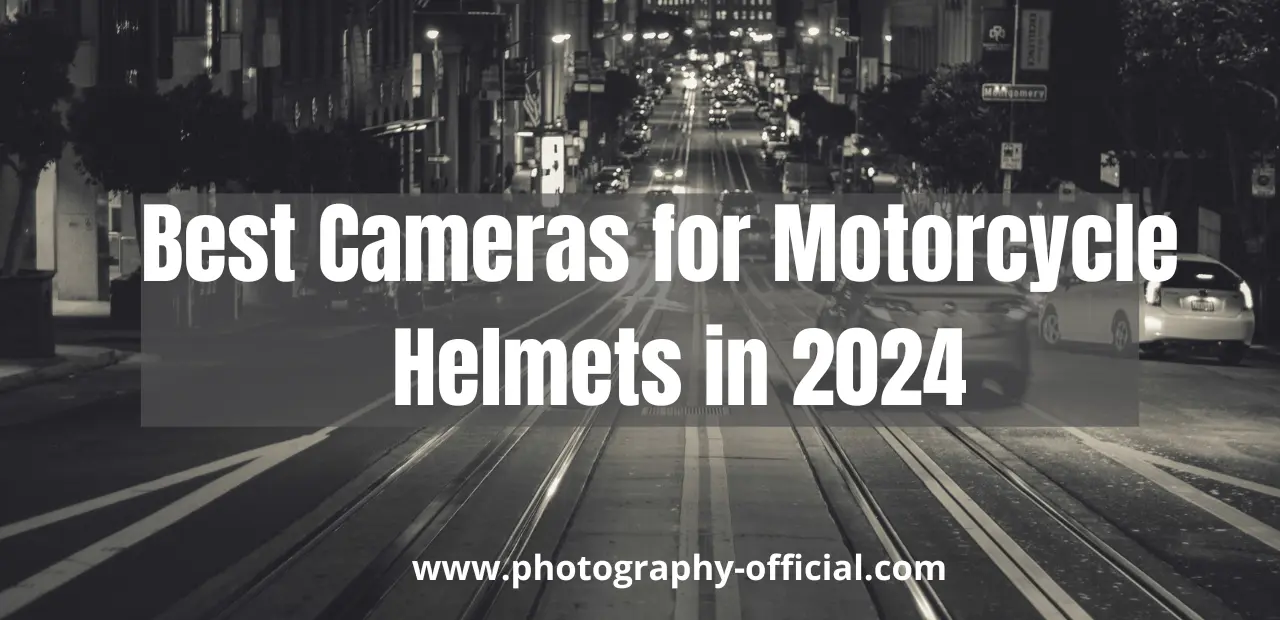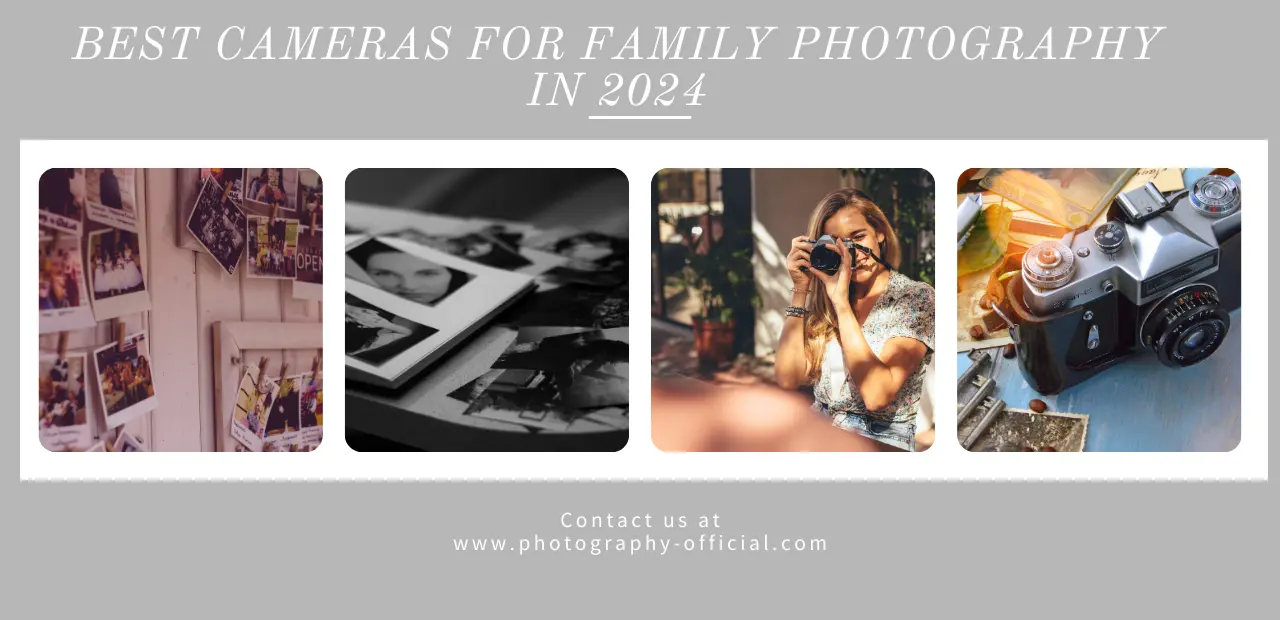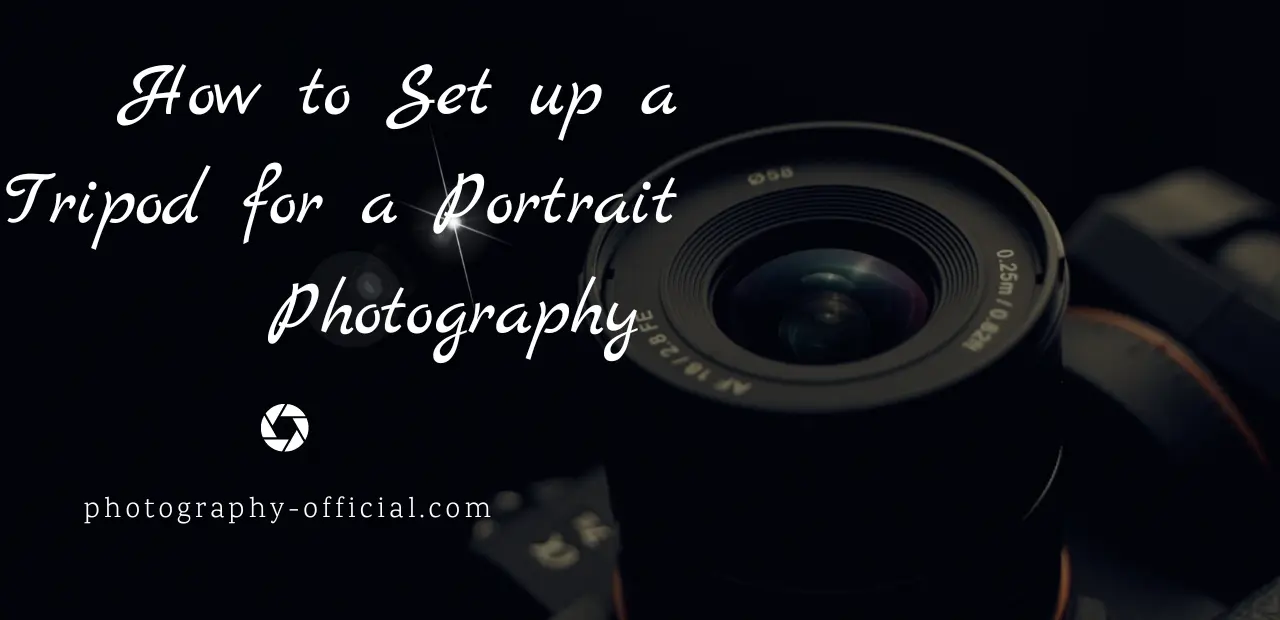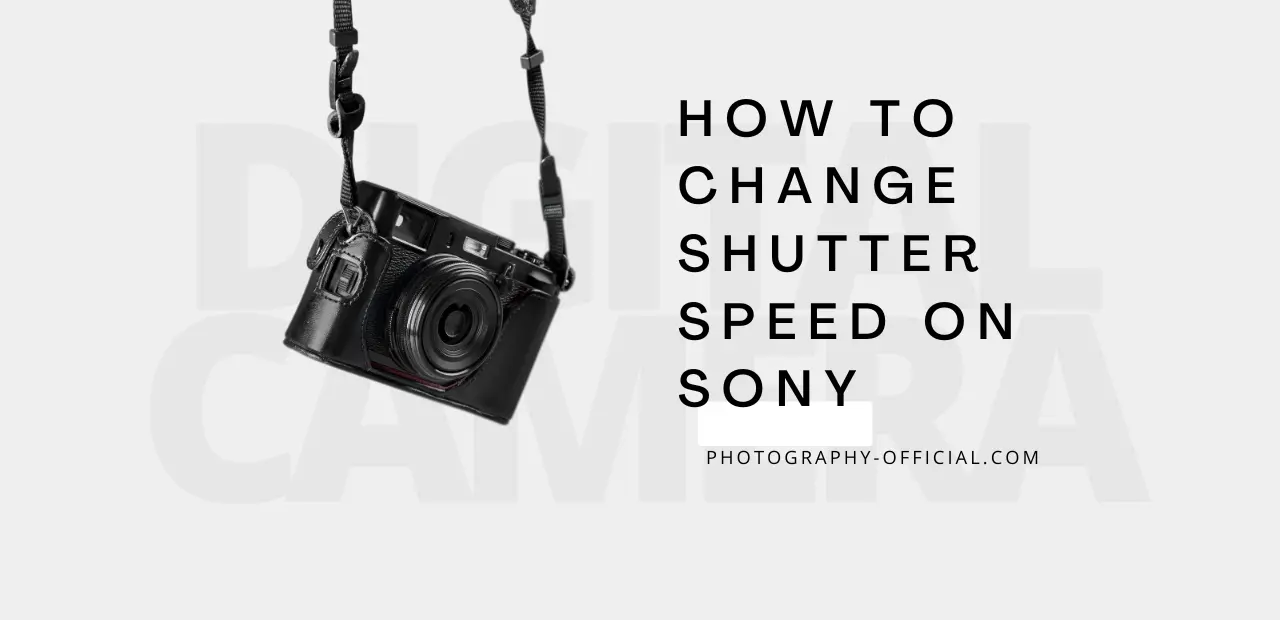How to Take Photos of Yourself Without a Tripod
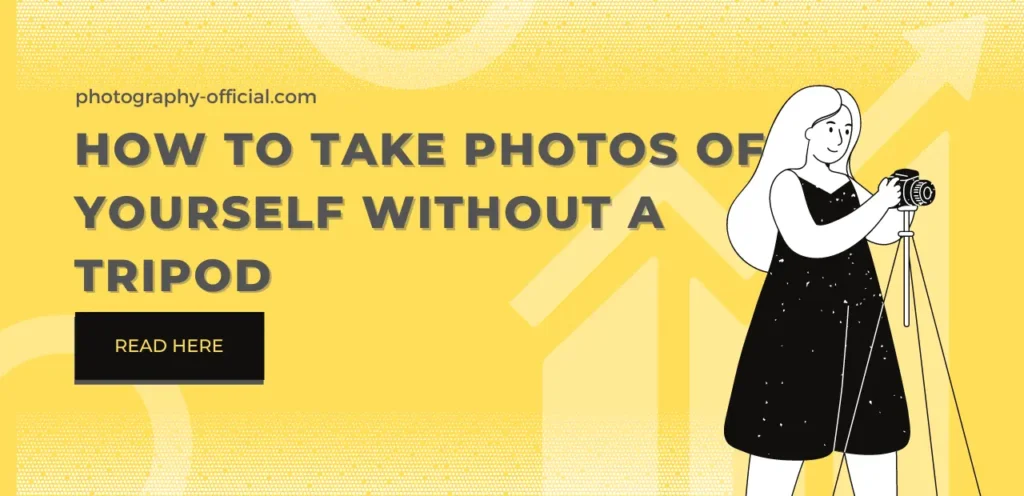
The Importance of Stabilizing Your Camera
I’ve found that you can’t underestimate the importance of stabilizing your camera; even a tiny bit of shake can ruin a shot, no matter how many attempts you make. Camera balancing is a critical aspect of this process. Ideally, the camera’s mass should be evenly distributed, so that it doesn’t tilt or shift during a shot. Uneven balancing can lead to unwanted motion blur and a loss of shot steadiness.
Stabilization equipment plays a vital role in enhancing the steadiness of a shot. Tripods, monopods, and gimbals are some of the most commonly used tools for this purpose. They provide a solid base for your camera, reducing the risk of movement and, consequently, motion blur. However, they are not always practical, especially in certain outdoor environments or when you need to move around a lot.
In such cases, handheld techniques become crucial. These strategies involve holding your camera in a way that minimizes shake. One effective method is to use both hands and tuck your elbows into your body, creating a human tripod. Breathing techniques can also help; try holding your breath when you press the shutter button.
Regardless of whether you’re using stabilization equipment or relying on handheld techniques, the goal remains the same: reducing motion blur to achieve shot steadiness. Remember, the smallest shake can profoundly affect your image’s quality. It’s a delicate balance that requires practice, but once mastered, it can significantly improve your photography.
Utilizing Your Environment for Support
Surprisingly, when I’m without my tripod, I’ve found that using the environment for support can be just as effective, and sometimes even more so. By making use of improvised mounts like tables, ledges, or even stacks of books, I’m able to achieve the desired camera height and angles.
Reflective surfaces too can work wonders. Mirrors, puddles, or even shiny metal surfaces can provide a unique perspective on a subject. For example, positioning the camera so that it captures my reflection in a mirror can result in a captivating self-portrait, while shooting through a glass window can create an intriguing layering effect.
Natural props are another key component of my photography toolbox. Look around and you’ll see potential camera supports everywhere – tree branches, rocks, even the ground can serve as practical and creative impromptu mounting options.
Let’s not forget light manipulation. The angle of sunlight, the shadow of a tree, or the soft glow from a nearby lamp can dramatically alter the mood of a photo. I’ve found that by adjusting my position relative to these light sources, I’m able to control the amount and direction of light in my shots, allowing for greater creative expression.
Finally, creative positioning is crucial. By tilting the camera, shooting from a low angle, or placing the subject off-center, I can create a novel and visually exciting composition.
Techniques for Setting Up Self-Timer Shots
In my experience, there’s a multitude of methods for setting up self-timer shots that can lead to some truly exceptional self-portraits. I’ve found that it’s crucial to understand the timer duration feature on your device. Most phones’ self timers allow you to set a delay of anywhere from 3 to 10 seconds, providing ample time to position yourself after hitting the shutter button.
Remote shooting is another useful technique. Many modern cameras and even some phone apps offer this function. It’s a game-changer as it allows you to control the capture from a distance, eliminating the need to rush back and forth.
Mirror reflections can also be utilized for self-portraits. This technique, while a little trickier, can produce interesting and creative results. Position your camera so it captures your reflection in the mirror, then use the self-timer or remote shooting feature to take the shot.
Advanced settings are also important to consider. Features like burst mode can be coupled with the self-timer to capture a series of shots in quick succession. This is especially useful for action or movement shots, as it increases the chances of getting that perfect shot.
Lastly, don’t forget about framing and composition. Even when using a self-timer, it’s important to pay attention to the rule of thirds, leading lines, and other compositional strategies to ensure your portrait is as compelling as possible.
Making the Most of Your Camera's Features
I’m eager to delve into how we can get the most out of our camera’s features, including those we often overlook. Knowledge about these settings can make a significant difference in our photography journey. The more we understand how our camera works, the more we can push its limits and our creativity. Here are some features we should focus on:
– Understanding Autofocus: Autofocus is a camera’s feature that automatically focuses the lens to make the subject clear. It’s useful in situations where the subject is moving, or we don’t have time to manually focus.
– Continuous Autofocus: This mode keeps refocusing on the moving subject, ensuring it stays clear.
– Single Autofocus: This mode focuses once and stays that way, useful for still subjects.
– Exploring Camera Modes: Understanding the different modes on your camera can help with Manual Settings Mastery.
– Aperture Priority Mode: This mode allows us to control the aperture while the camera adjusts the shutter speed.
– Shutter Priority Mode: Here, we control the shutter speed, and the camera handles the aperture.
– Mastering Macro Photography: This is the art of taking close-up images revealing details which can’t be seen with the naked eye.
– Use a tripod: This ensures the camera is steady, as even slight movements can blur the image.
– Light Exposure Adjustments: Proper light exposure is critical in macro photography.
Tips for Perfecting Your Angles and Framing
Let’s now explore five key tips to perfecting your angles and framing in photography. These pointers will surely elevate your self-portraits, even when you’re without a tripod.
Firstly, mastering lighting is crucial. It’s all about understanding how light affects your subject. For instance, front-lighting can make your features flat, while side-lighting brings out depth. Experiment with natural and artificial light sources to find what works best.
Secondly, experimenting poses is key. Try different body positions and angles to see what flatters you. It’s about finding that sweet spot between what feels natural and what looks appealing. Remember, comfort translates into confidence, that’s a universal rule.
Third, understanding composition is vital. This refers to how elements are arranged in your frame. Use the rule of thirds as a guide; position yourself at the intersection of the gridlines to create interest.
The fourth tip is about perfecting expressions. Your facial expression can make or break a photo. Don’t be afraid to express genuine emotions. Practice in front of a mirror to see what feels right.
Lastly, utilizing mirror reflections can add depth and intrigue. If you don’t have a tripod, use a mirror to capture your reflection instead. This can create a unique and visually interesting effect.
In the end, make sure to read my post How to Set up a Tripod for a Portrait Photography too.

